Have you ever felt dizzy when standing up quickly? For most of us, this feeling passes quickly. But for some kids and teens, this feeling doesn’t go away. They might feel dizzy, have a racing heart, or feel very tired. If this happens often, they might have something called Postural Orthostatic Tachycardia Syndrome, or POTS for short.
As a chiropractor in Ashland, OR, I’ve worked with many young patients dealing with POTS. It can be scary and confusing, but understanding what’s happening can help. In this post, we’ll explore what POTS is, its symptoms, and ways to manage it.
What is POTS?
POTS is a type of problem with the body’s automatic nervous system. This system controls things our body does without us thinking about it, like our heartbeat and breathing. When someone has POTS, their body has trouble adjusting when they stand up. This can cause a lot of different symptoms.
We don’t know exactly what causes POTS. Sometimes it happens after a person has been sick with a virus. Other times, it might be related to having very flexible joints. In some cases, it can happen after head injuries. For a small number of people, it’s connected to other health problems.
The good news is that for many young people with POTS, symptoms can get better over time. Some experts think that up to 75% of patients might see their symptoms improve or go away by the time they’re 21-25 years old. But it’s important to remember that everyone is different, and this might not be true for everyone.
What are the symptoms of POTS?
POTS can cause many different symptoms. These can include:
– Feeling dizzy, especially when standing up
– Fainting
– Fast heartbeat
– Chest pain
– Headaches
– Feeling very tired
– Trouble concentrating (sometimes called “brain fog”)
– Feeling worse in very hot or cold temperatures
– Feeling sick to your stomach or throwing up
– Having diarrhea or constipation
– Feeling full quickly when eating
– Blood pooling in the legs
– Joint or muscle pain
– Feeling worse with bright lights or loud sounds
Not everyone with POTS has all of these symptoms. Some people might have only a few, while others might have many. The symptoms can also change from day to day or even hour to hour. This can be frustrating and confusing for kids with POTS and their families.
How can POTS be managed?
While we can’t cure POTS, there are many ways to help manage the symptoms. These include changes in daily habits and sometimes medications. Let’s look at some ways to help:
Food and Drink Tips
– Don’t skip meals
– Have salty snacks like pretzels or pickles
– Drink lots of fluids (60-80 ounces a day)
– Avoid caffeine, as it can make you lose fluids
Sleep Tips
– Raise the head of the bed a little (you can put blocks under the legs at the head of the bed)
– Have a bedtime routine to help you relax
– Turn off screens (TV, computer, phone) an hour before bed
– Make sure the bedroom is dark and cool
– Some people find melatonin helpful for sleep (but always check with a doctor first)
Exercise Tips
– Start with small amounts of exercise, like 5 minutes a day
– Focus on leg and core (middle of the body) exercises
– Slowly increase exercise time each week
Clothing Tips
– Wear special tight stockings (called compression stockings) that go from the waist to the toes
– In hot weather, some people like to wear a special cooling vest
Other Tips
– Try to have a regular sleep schedule
– Avoid very hot or cold temperatures when possible
– Don’t drink alcohol (for older teens and young adults)
Medications for POTS
Sometimes, doctors might prescribe medications to help with POTS symptoms. These can include:
– Medicines to help with dizziness
– Medicines to help with tiredness
– Medicines for headaches
– Medicines for a fast heartbeat
– Medicines to help with sweating too much
– Medicines to help with stomach problems
– Medicines to help with sleep
Remember, everyone with POTS is different, so what works for one person might not work for another. It’s important to work closely with your doctor to find the right treatments.
Living with POTS: Tips for Kids and Teens
If you’re a kid or teen with POTS, here are some things that might help:
1. Learn about your body: Pay attention to what makes you feel better or worse. This can help you and your doctor figure out the best ways to manage your symptoms.
2. Have a plan for school: Talk to your teachers and school nurse about POTS. They can help make sure you have what you need at school, like extra time to move between classes or a water bottle at your desk.
3. Stay connected with friends: POTS can sometimes make it hard to do everything you want to do. Try to find ways to stay in touch with friends, even on days when you don’t feel great.
4. Find ways to relax: Stress can make POTS symptoms worse. Find things that help you relax, like reading, listening to music, or doing calm hobbies.
5. Stay positive: Remember, many people with POTS see their symptoms get better over time. Focus on the things you can do, not the things you can’t.
Tips for Parents
If your child has POTS, here are some ways you can help:
1. Learn about POTS: The more you understand, the better you can help your child.
2. Be patient: POTS symptoms can change a lot from day to day. Your child might be able to do something one day but not the next.
3. Help your child stick to their treatment plan: This might include reminders about drinking water, taking medications, or doing exercises.
4. Work with your child’s school: Make sure teachers and staff understand POTS and how it affects your child.
5. Encourage independence: Help your child learn to manage their symptoms on their own when possible.
6. Take care of yourself too: Caring for a child with a chronic condition can be stressful. Make sure you’re taking care of your own health as well.
How Chiropractic Care Can Help
As a chiropractor in Ashland, OR, I often work with young patients who have POTS. While chiropractic care isn’t a cure for POTS, it can be helpful in managing some symptoms. Here’s how:
1. Improving overall body function: Chiropractic adjustments can help ensure that the nervous system is working as well as possible. This can sometimes help with symptoms like dizziness or body aches.
2. Addressing muscle tension: POTS can sometimes cause muscle tension or pain. Gentle chiropractic techniques can help relieve this.
3. Providing lifestyle advice: Chiropractors are trained in overall health and can offer advice on exercise, nutrition, and other lifestyle factors that can help manage POTS.
4. Supporting the whole person: Living with POTS can be challenging. A good chiropractor can be part of your support team, helping you navigate the ups and downs of the condition.
Remember, chiropractic care should always be part of a comprehensive treatment plan developed with your primary care doctor or POTS specialist.
Conclusion: There’s Hope with POTS
Living with POTS can be challenging, but it’s important to remember that there’s hope. Many young people with POTS find that their symptoms improve over time, especially with good management strategies.
If you or your child has POTS, remember that you’re not alone. There are doctors, chiropractors, and other healthcare providers who understand POTS and can help. There are also support groups where you can connect with other people going through similar experiences.
The key is to be patient, stick with your treatment plan, and keep a positive attitude. Focus on what you can do, not what you can’t. With the right support and management, many people with POTS lead full, active lives.
As a chiropractor in Ashland, OR, I’m committed to helping patients with POTS and other chronic conditions live their best lives. If you have questions about how chiropractic care might fit into your POTS management plan, don’t hesitate to reach out. Together, we can work towards better health and wellbeing.
Remember, every step forward is progress. Keep going, and don’t lose hope. You’ve got this!
-
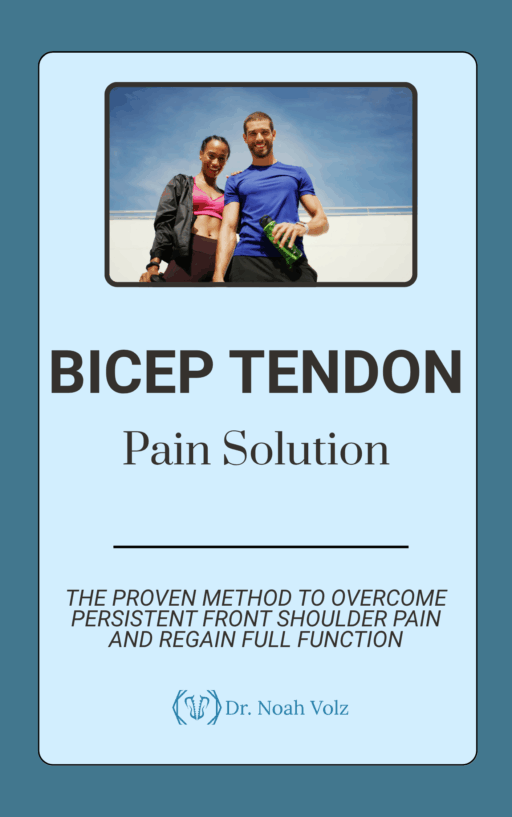
Bicep Tendon Pain Solution
$50.00 -

Centralized Low Back Pain
$50.00 -
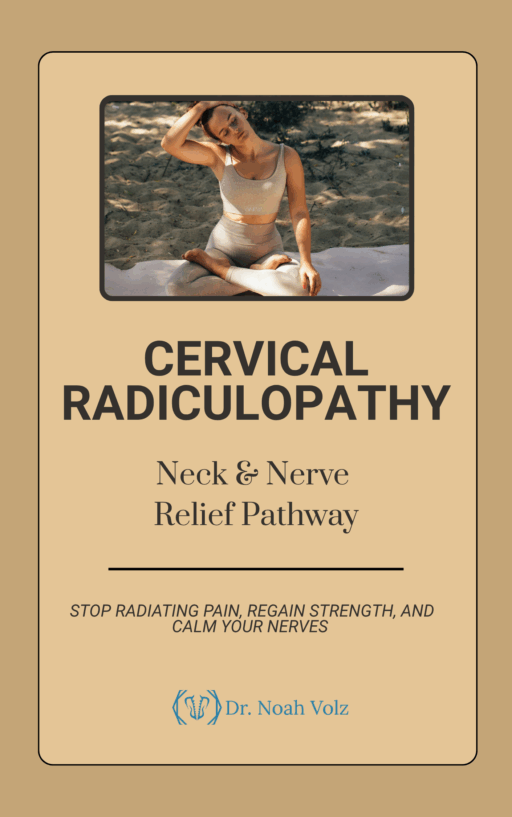
Cervical Radiculopathy: Neck and Nerve Relief Pathway
$50.00 -

Complex Low Back Pain
$50.00 -

Complex Radiating Low Back Pain
$50.00 -

Cross-Pattern Low Back Pain
$50.00 -
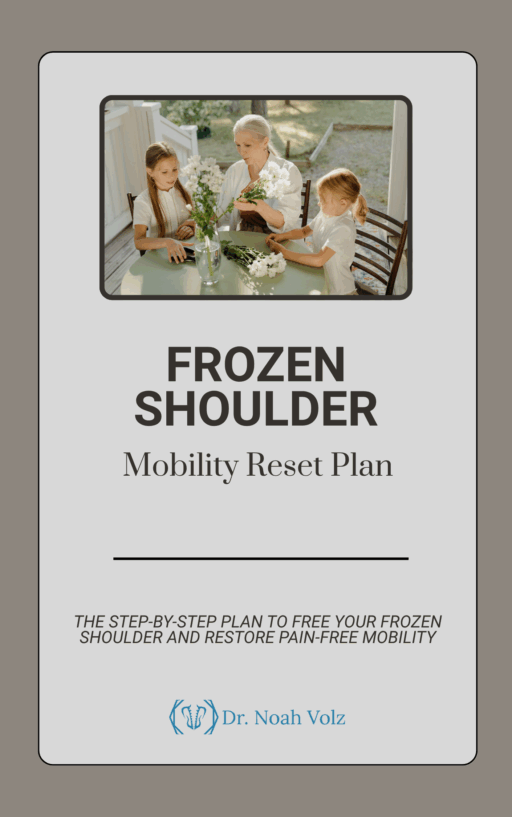
Frozen Shoulder Mobility Reset Plan
$50.00 -
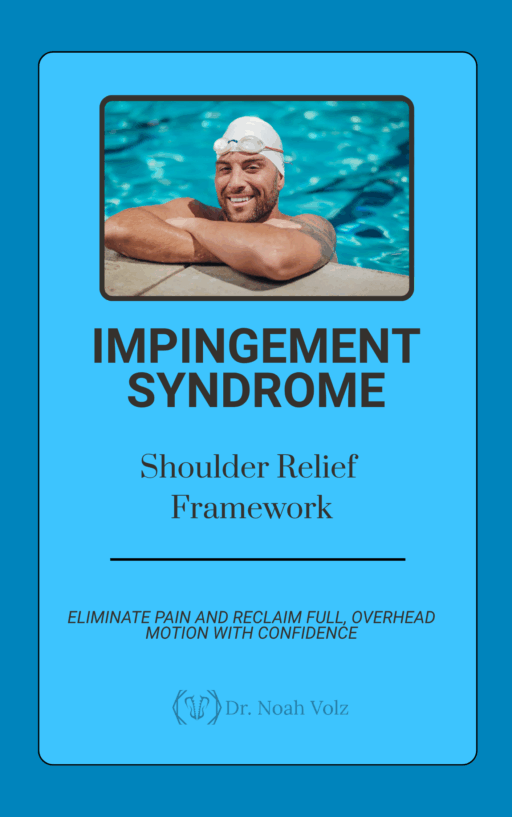
Impingement Syndrome: Shoulder Relief Framework
$50.00 -

Nerve Tension Low Back Pain
$50.00 -

One-Sided Radiating Low Back Pain
$50.00 -

Posture-Related Low Back Pain
$50.00 -
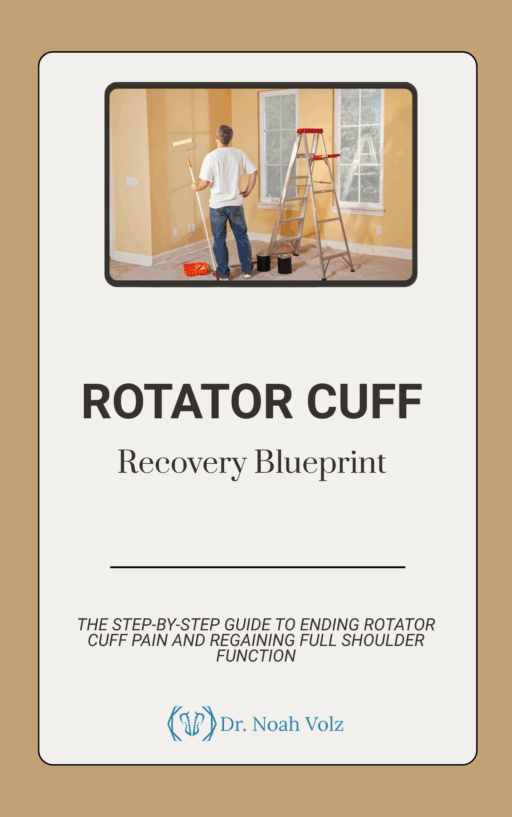
Rotator Cuff Recovery Blueprint
$50.00

